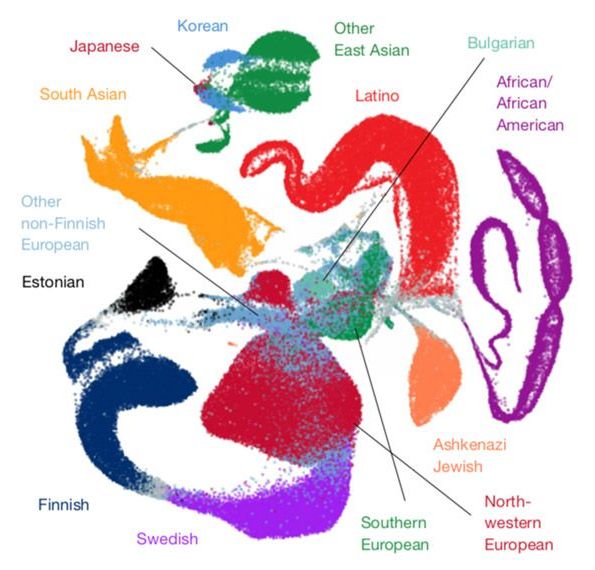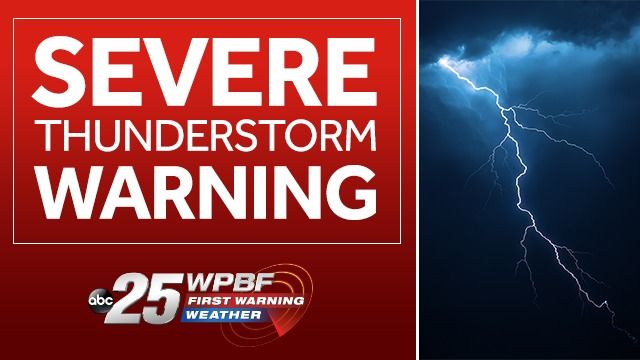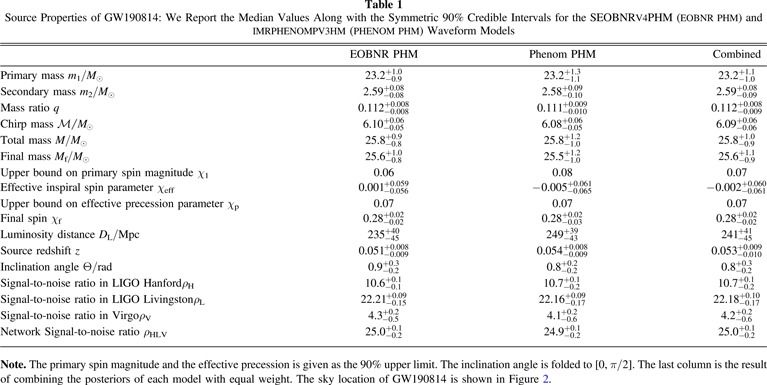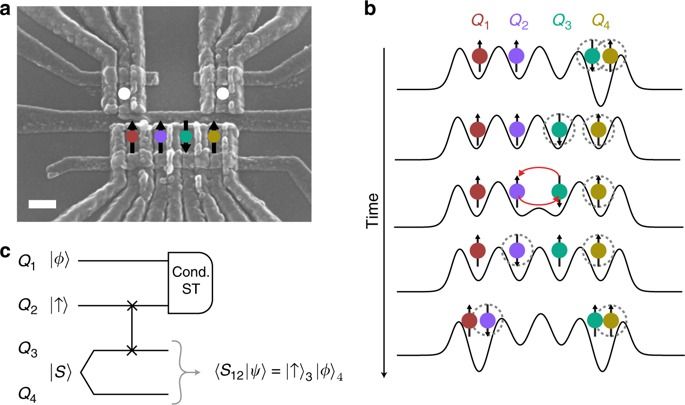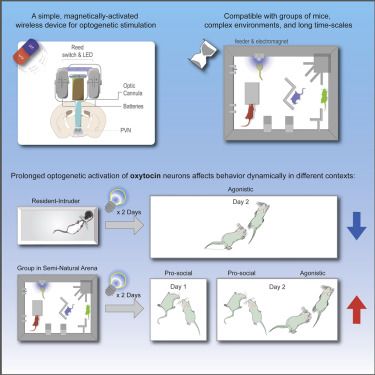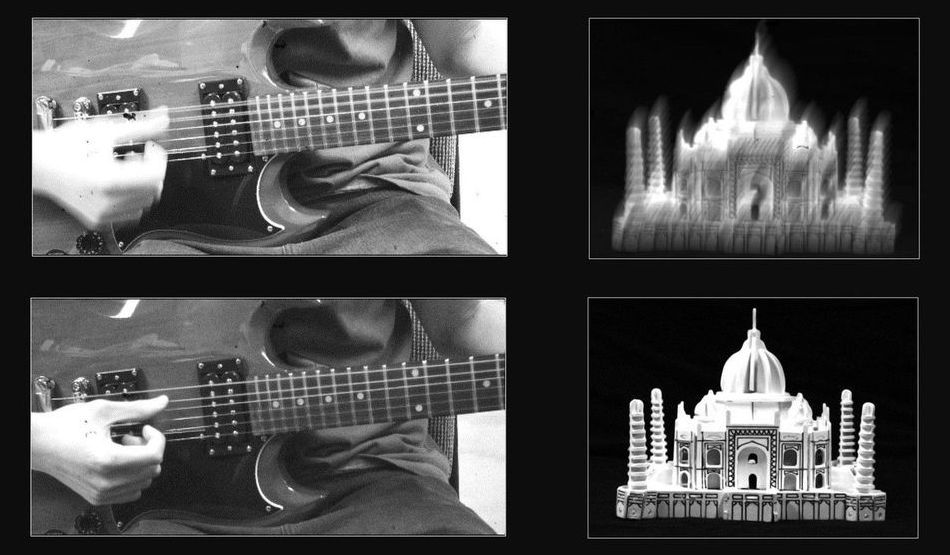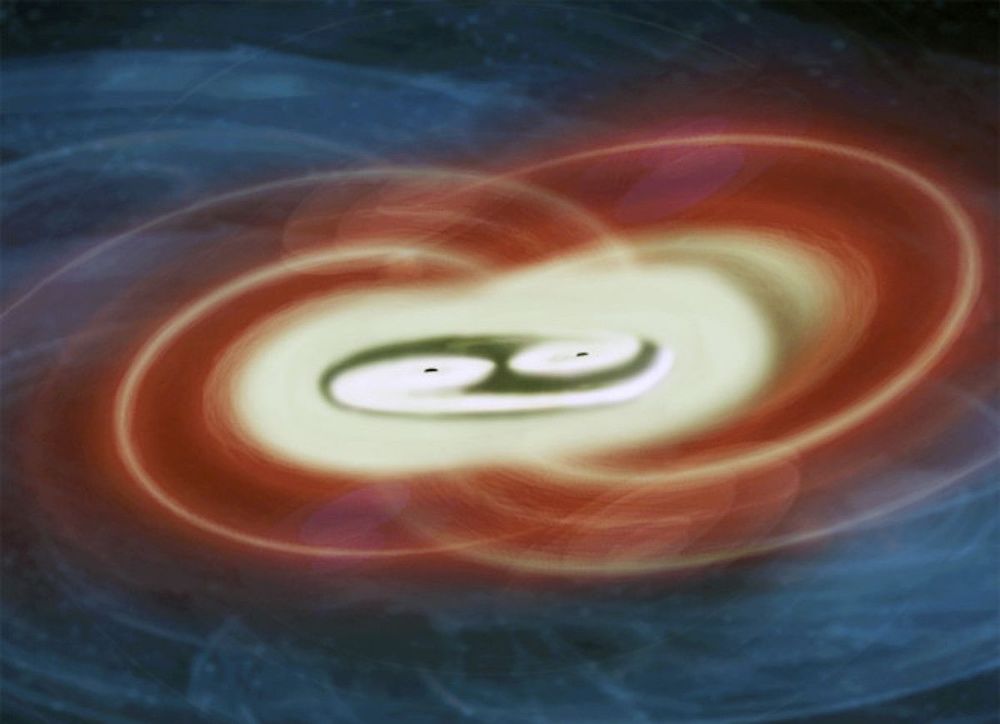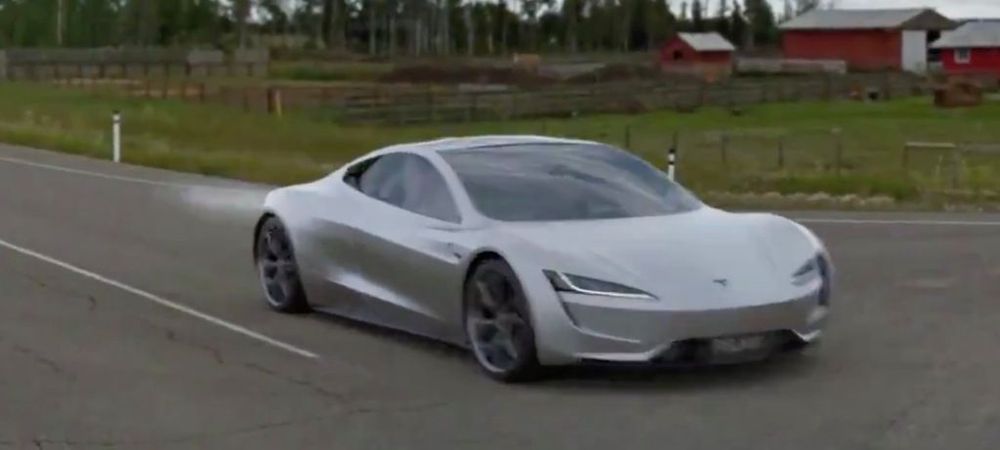Jun 24, 2020
The Lancehead F1 Torsion Limb Crossbow Aims to Revolutionize Archery
Posted by Quinn Sena in category: futurism
In the archery world, few technologies have evolved as rapidly as crossbows. Manufacturers continue to make them lighter, faster and more reliable with each new release. There has also been a reduction in the profile of these bows with the trend moving towards more compact reverse limb bows in recent years.
Now there’s a company making a crossbow with an entirely new limb system that makes for a slimmer package than ever before.
Continue reading “The Lancehead F1 Torsion Limb Crossbow Aims to Revolutionize Archery” »

